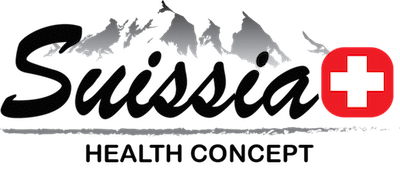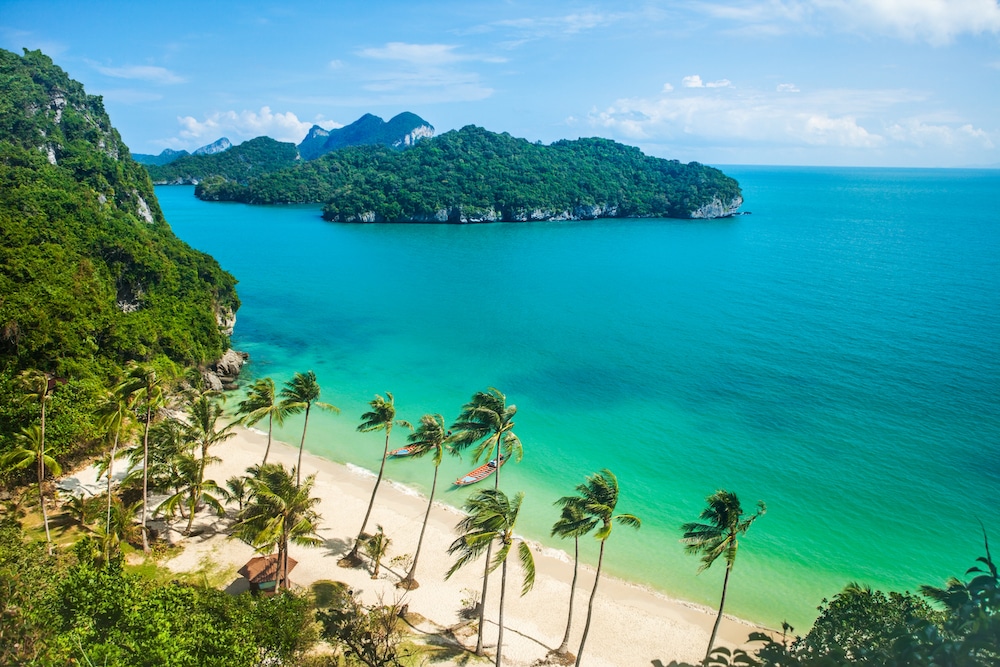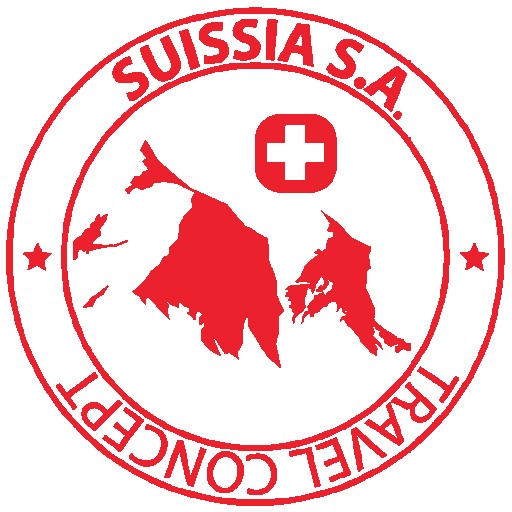When you return from vacation, the temptation to keep or extend your tan is great! The use of UV lamps or going to a tanning center is a solution provided you know what you are talking about and as always know how to use them! Let’s take a look at this practice.
Tanning by UV Cabin: Best Practices, Risks, and Legislation
Tanning by UV cabin is a popular method for achieving a sun-kissed complexion without sun exposure. However, like any aesthetic practice, it has advantages, best practices to follow, risks to be aware of, and is subject to specific legislation.
1. How Does UV Tanning Work?
Tanning cabins use special lamps that emit ultraviolet (UV) rays to stimulate melanin production in the skin, resulting in a tanned complexion. There are two types of UV rays: UVA and UVB. Tanning cabins primarily use UVA rays, which penetrate deeper into the skin.
2. Best Practices:
- Preliminary Consultation: Before starting sessions, it’s recommended to consult a dermatologist to assess your skin’s sensitivity to UV rays.
- Eye Protection: It’s imperative to wear special protective goggles to avoid any risk of eye injury.
- Spacing Sessions: It’s advisable to space out sessions to allow the skin to recover and reduce the risks of excessive exposure.
- Hydration: The skin can dry out after a UV session. Therefore, it’s essential to hydrate your skin after each session.
3. Associated Risks:
- Premature Skin Aging: Repeated exposure to UV rays can accelerate skin aging, leading to the appearance of wrinkles and spots.
- Cancer Risks: According to the World Health Organization, the use of tanning cabins is classified as “carcinogenic to humans.” There is a proven link between UV cabin exposure and the development of cutaneous melanomas.
- Burns: Excessive or unprotected exposure can lead to burns, especially if the skin is not accustomed.
- Vision Impairment: Without adequate protection, UV rays can damage the eyes, increasing the risk of cataracts.
4. Comparison with Sun Exposure:
Natural sun exposure also carries risks. Just like UV cabins, prolonged exposure to the sun can lead to burns, premature skin aging, and increase the risk of skin cancer. However, the sun emits both UVA and UVB rays, the latter being responsible for the production of vitamin D, essential for bone health. Therefore, it’s crucial to find a balance between enjoying the sun’s benefits and protecting against its dangers.
5. Legislation in Switzerland and France:
- Switzerland: In Switzerland, the use of tanning cabins is regulated by the Ordinance on Protection against Non-Ionizing Radiation. Tanning cabin operators must inform users of the associated risks and prohibit access to people under 18.
- France: In France, the sale and provision of tanning cabins to the public have been prohibited since 2019 due to associated cancer risks. Before this ban, access to cabins was prohibited for minors, and operators had to clearly display health risks.
6. Different Skin Types:
The Fitzpatrick classification is most commonly used to determine skin types. It is based on the skin’s reaction to sun exposure. Here are the different types:
- Type I: Very fair skin, often accompanied by freckles, red or blond hair, light eyes. This skin always burns and never tans.
- Type II: Fair skin, blond or brown hair, light eyes. This skin burns easily and tans minimally.
- Type III: Intermediate skin, brown hair. It may burn if the exposure is intense but tans gradually.
- Type IV: Olive skin, brown hair, dark eyes. It rarely burns and tans easily.
- Type V: Dark skin. It very rarely burns and tans very well.
- Type VI: Black skin. It never burns and is naturally protected against UV rays.
Recommendations for Using UV Cabins Based on Skin Type:
- Types I and II: It’s strongly discouraged to use UV cabins. These skins are very sensitive to UV rays and have a high risk of burns and damage.
- Type III: Caution is recommended. It’s better to start with short sessions and monitor the skin’s reaction.
- Types IV, V, and VI: These skins tolerate UV better, but it’s still essential to follow best practices and not abuse sessions.
7. Standards to Check for Clients:
Before using a tanning cabin, clients should ensure that:
- Facility Certification: The facility must be certified and comply with the standards in force in the country.
- Risk Information: The facility must provide clear information on the risks associated with using UV cabins.
- Staff Training: The staff must be trained and able to advise clients on the duration and frequency of sessions, depending on their skin type.
- Machine Maintenance: UV cabins must be regularly maintained and checked to ensure they operate correctly and safely.
- Eye Protection: Protective goggles must be provided, and their use must be mandatory during the session.
- Hygiene: Cabins must be cleaned after each use to ensure optimal hygiene.


